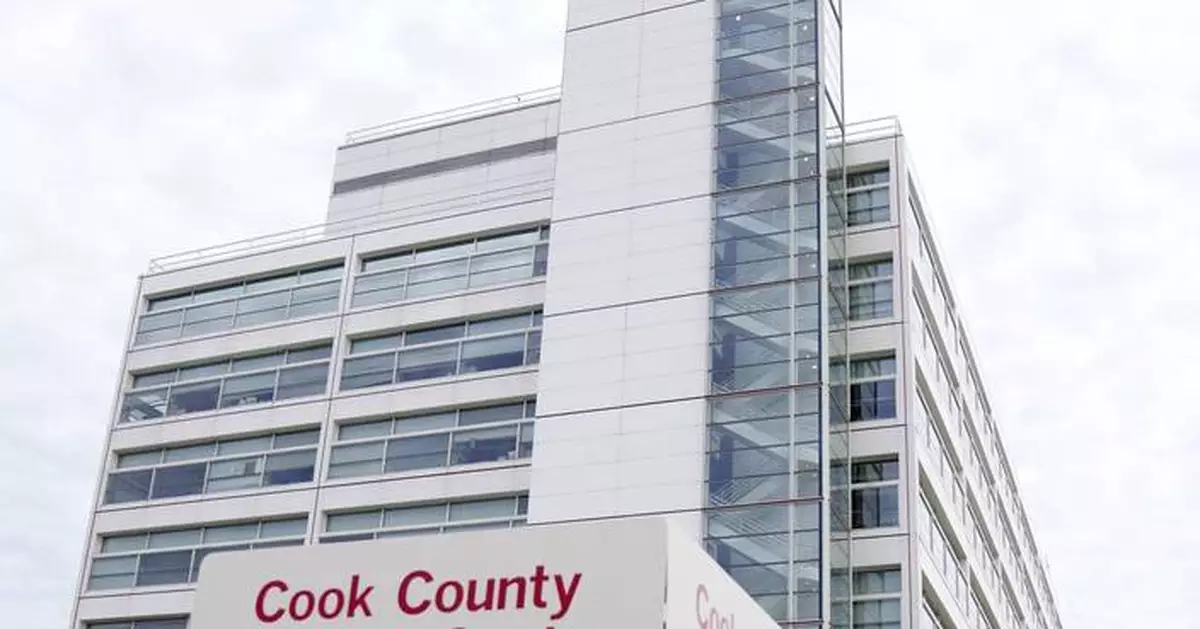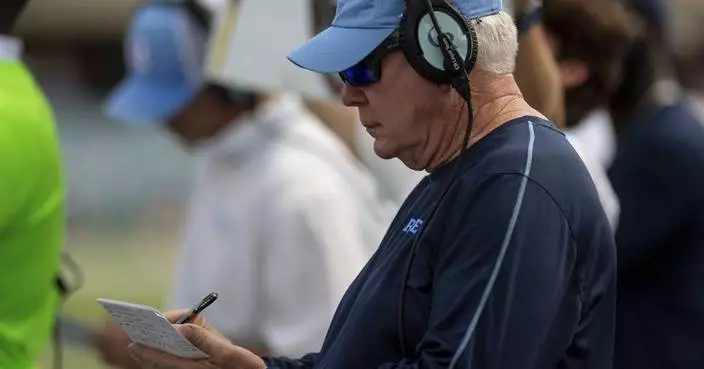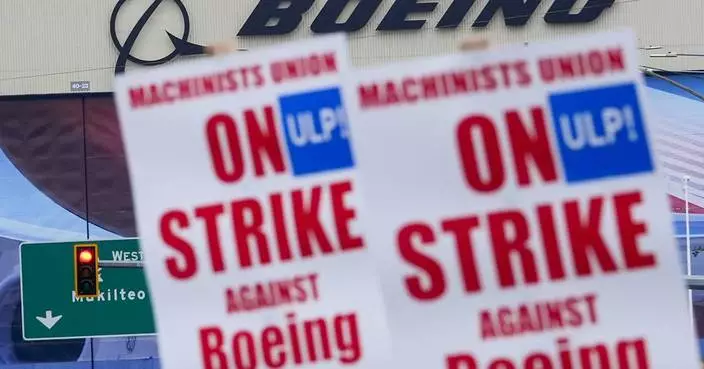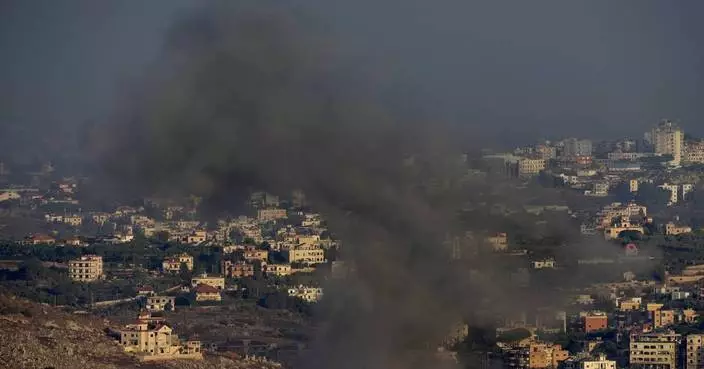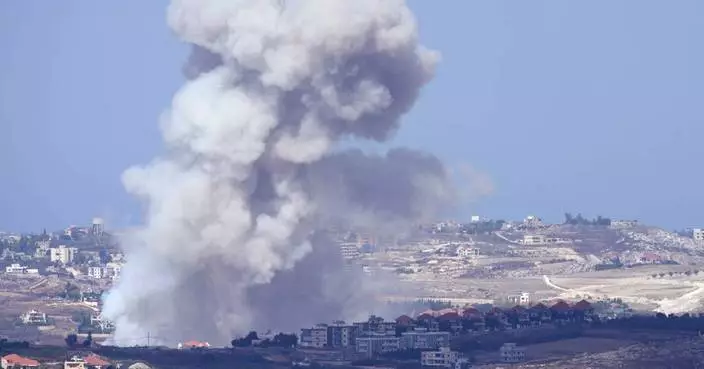CHICAGO (AP) — More than 200 men and women were sexually abused as children while in custody at juvenile detention centers in Illinois, according to lawsuits filed Monday, the latest in a string of complaints alleging decades of systemic child sex abuse.
Three lawsuits filed Monday detail abuse from 1996 to 2021, including rape, forced oral sex and beatings by corrections officers, nurses, kitchen staff, chaplains and others.
“The State of Illinois has caused and permitted a culture of sexual abuse to flourish unabated in its Illinois Youth Center facilities,” one lawsuit said, adding that Illinois has “overwhelmingly failed to investigate complaints, report abusive staff, and protect youth inmates.”
Overall, 667 people have alleged they were sexually abused as children at youth facilities run by the state and Cook County in lawsuits filed since May.
They’re part of a wave of complaints with disturbing allegations at juvenile facilities across the U.S., including in Pennsylvania, Maryland, New Jersey, New Hampshire, California and New York. Few cases have gone to trial or resulted in settlements; arrests have been infrequent.
Illinois stands out for the magnitude of its problem.
“Of all the states in which we’ve been litigating, we are seeing some of the worst and highest numbers of cases of staff perpetrating sexual abuse compared to anywhere in the country,” said Jerome Block, a New York-based attorney whose office brought the lawsuits in Illinois and several other states.
Monday's complaints, based on the accounts of 272 people, name several repeat offenders. A handful have been convicted of sex crimes but not stemming from the accusations in the lawsuits. At least one employee accused in a lawsuit filed Monday still works for the state, according to state records.
The lawsuit with the largest number of plaintiffs, 222 men and women who are mostly Illinois residents, details abuse at nine state-run youth detention centers, of which five have since closed. The accounts documented in the complaint’s more than 400 pages are hauntingly similar.
Many said their abusers threatened them with beatings, solitary confinement, transfers to harsher facilities and longer sentences if they reported the abuse. Others were given extra food, cigarettes and rewards like the chance to play videos games if they kept quiet.
Most abusers are identified only as the survivors remembered them, including by physical descriptions, first names or nicknames.
Several plaintiffs independently described sexual and physical abuse from a chaplain at state facility in the Chicago suburb of St. Charles.
The chaplain would isolate children — including in his church office, their rooms or the gym — before forcing oral sex and other abuse, according to the lawsuit. In one instance, he told a teenager that “his friends ‘wouldn’t look at him the same’ if they knew.”
Most accusers are identified by initials in the complaints, though several have spoken out publicly. A news conference featuring survivors was planned for Tuesday.
The lawsuit covering state-run facilities names the state and the Illinois Department of Corrections and Department of Juvenile Justice as defendants. State agency officials didn’t immediately return requests for comment Monday.
The lawsuit, filed in the Illinois Court of Claims, seeks damages of roughly $2 million per plaintiff, the most allowed under law.
Another lawsuit, focusing on a troubled Chicago youth detention facility, was filed in Cook County court and names the county.
It covers allegations from 50 men and women who were in custody at the Juvenile Temporary Detention Center. It said many instances of abuse took place during unlawful strip searches.
Children were as young as 11 when they were abused, according to the lawsuit, which seeks damages of $100,000 per plaintiff. Some of the 50 plaintiffs are seeking more damages in a third lawsuit filed Monday in the Illinois Court of Claims.
The Juvenile Temporary Detention Center, where children are held before their cases are adjudicated, has faced issues for years and calls for closure. A class-action lawsuit in 1999 alleged a lack of medical care, dirty conditions, overcrowding, understaffing and excessive use of room confinement. In 2007, state law stripped the county of its authority to run the center and gave it to the Office of the Chief Judge.
One person said he was 15 when he was sexually abused nearly every night during his 90-day stay.
“Cook County has had notice of such abuse for decades and nonetheless neglected to protect its confined youth from sexual abuse and failed to implement policies necessary to ensure such protection,” the lawsuit said. “It furthermore employed individuals it knew or should have known would sexually abuse juveniles in its care and custody.”
Officials with the Office of the Chief Judge and Cook County Board President Toni Preckwinkle declined to comment Monday, citing pending litigation.

The Cook County Juvenile Temporary Detention Center is seen Monday, Sept. 23, 2024, in Chicago, which is one of several juvenile centers statewide where more than 200 men and women have filed lawsuits alleging they were abused as children while in custody. (AP Photo/Charles Rex Arbogast)
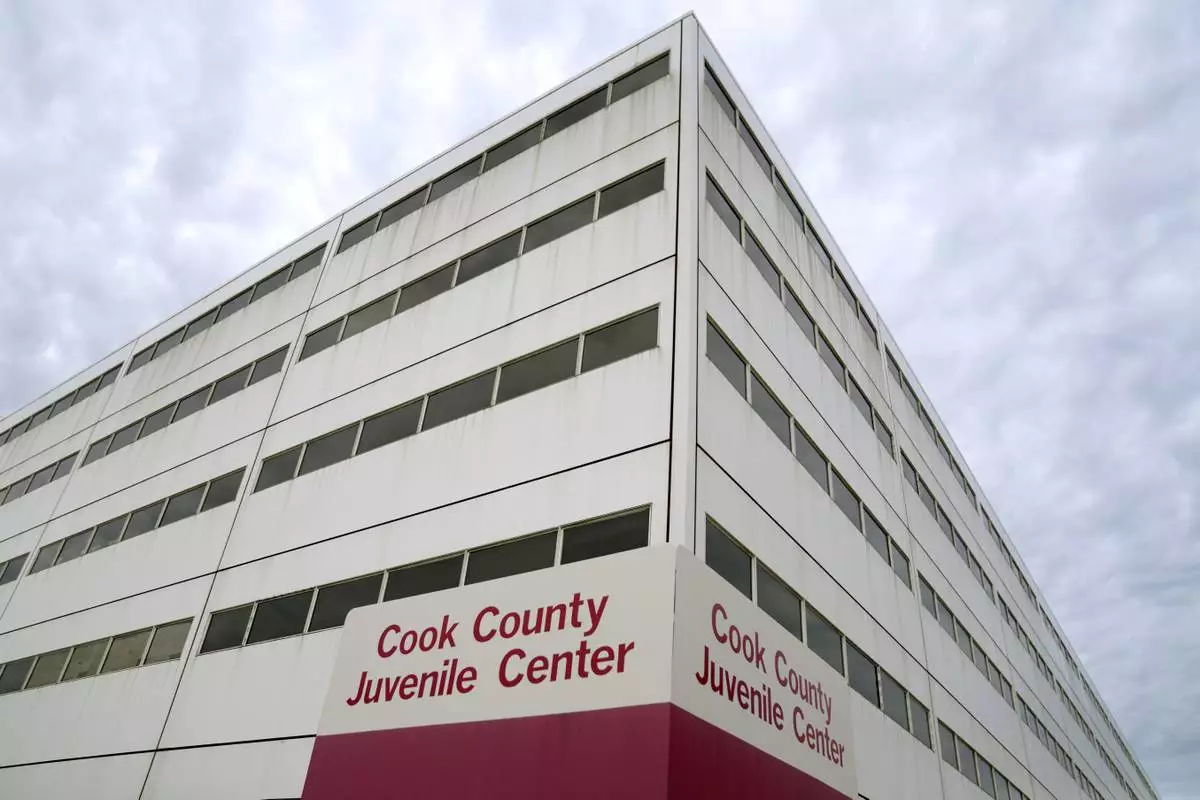
The Cook County Juvenile Temporary Detention Center is seen Monday, Sept. 23, 2024, in Chicago, which is one of several juvenile centers statewide where more than 200 men and women have filed lawsuits alleging they were abused as children while in custody. (AP Photo/Charles Rex Arbogast)
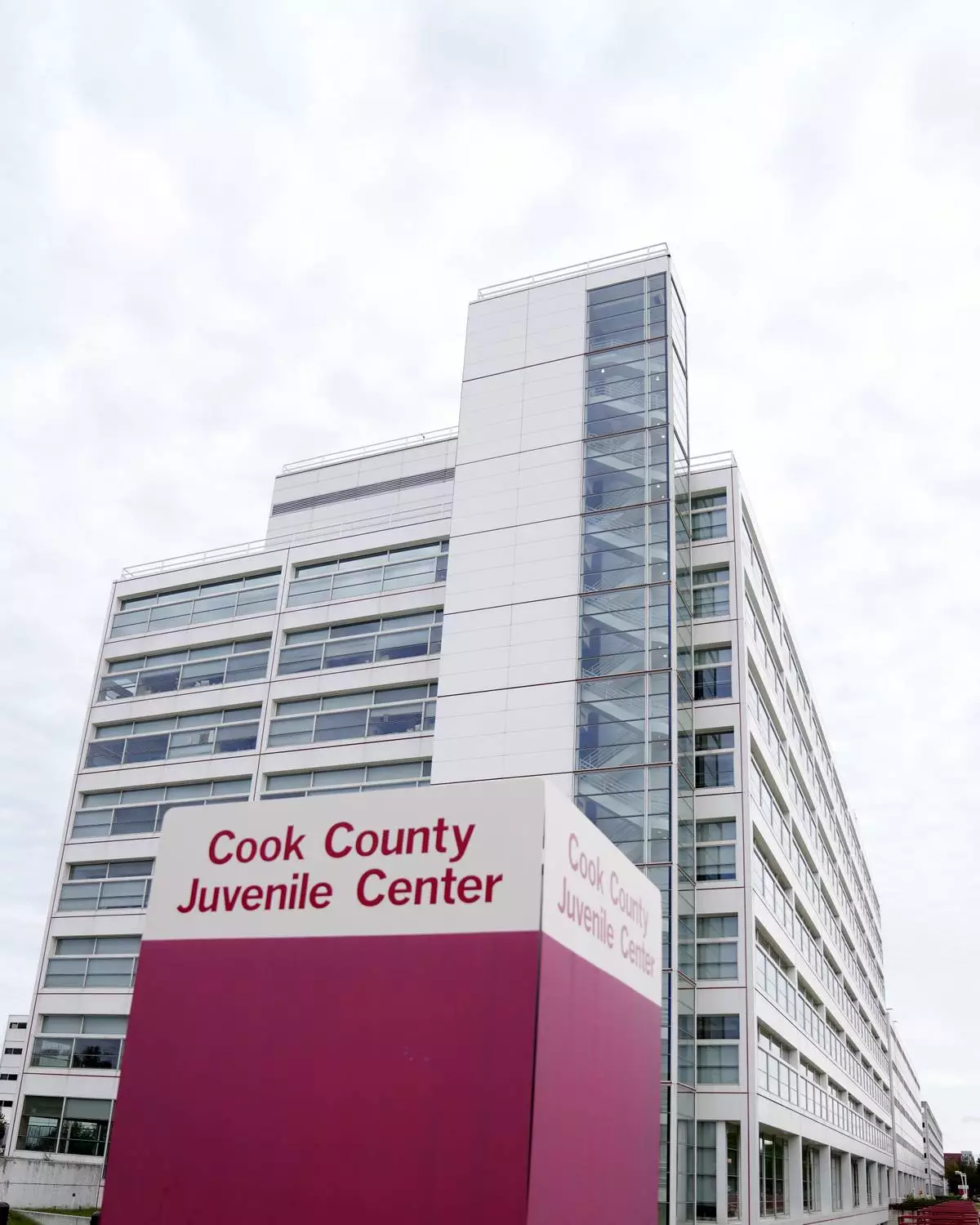
The Cook County Juvenile Temporary Detention Center is seen Monday, Sept. 23, 2024, in Chicago, which is one of several juvenile centers statewide where more than 200 men and women have filed lawsuits alleging they were abused as children while in custody. (AP Photo/Charles Rex Arbogast)
MARJAYOUN, Lebanon (AP) — Israeli strikes on Lebanon Monday killed more than 350 people, including more than 60 women and children, Lebanese authorities said, in the deadliest barrage since the 2006 Israel-Hezbollah war. The Israeli military warned residents in southern and eastern Lebanon to evacuate ahead of its widening air campaign against Hezbollah.
Thousands of Lebanese fled the south, and the main highway out of the southern port city of Sidon was jammed with cars heading toward Beirut in the biggest exodus since 2006.
Lebanon's health ministry said the strikes killed 356 people, including 24 children and 42 women, and wounded 1,246 people — a staggering one-day toll for a country still reeling from a deadly attack on communication devices last week.
The death toll far surpassed that of Beirut's devastating port explosion in 2020, when hundreds of tons of ammonium nitrate stored in a warehouse detonated, killing at least 218 people and wounding more than 6,000.
In a recorded message, Israeli Prime Minister Benjamin Netanyahu urged Lebanese civilians to heed Israeli calls to evacuate, saying “take this warning seriously.”
“Please get out of harm’s way now,” Netanyahu said. “Once our operation is finished, you can come back safely to your homes.”
Israel's military spokesman, Rear Adm. Daniel Hagari, said Israeli warplanes had struck 1,300 Hezbollah targets Monday, destroying cruise missiles, rockets laden with heavy explosives, long- and short-range rockets and attack drones.
He said many were hidden in residential areas, showing photos of what he said were weapons hidden in private homes.
“Hezbollah has turned southern Lebanon into a war zone,” he told a news conference.
Israel estimates Hezbollah has some 150,000 rockets and missiles, including guided missiles and long-range projectiles capable of striking anywhere in Israel.
Earlier Monday evening, the Israeli military said it had carried out a targeted strike in Beirut. It did not give details. Lebanon’s state-run National News Agency reported southern Beirut's Beir al-Abed neighborhood was hit with three missiles. Hezbollah's Al-Manar TV said six people were wounded.
Lebanese Health Minister Firass Abiad told a news conference the earlier strikes hit hospitals, medical centers and ambulances. The government ordered schools and universities to close across most of the country and began preparing shelters for the displaced.
Some strikes struck residential areas in the south and the eastern Bekaa Valley. One hit a wooded area as far away as Byblos in central Lebanon, more than 80 miles (130 kilometers) from the border north of Beirut.
The military said it was expanding the airstrikes to include areas of the valley along Lebanon’s eastern border with Syria. Hezbollah has long had an established presence in the valley, where the group was founded in 1982 with the help of Iran’s Revolutionary Guards.
Israel’s military chief, Lt. Gen. Herzi Halevi, said Israel was preparing its “next phases” of operations against Hezbollah, and that its airstrikes were “proactive,” targeting Hezbollah infrastructure built over the past 20 years.
Halevi said more details would be released in the near future, and that the goal was to allow displaced Israelis to return to their homes in northern Israel.
Meanwhile, Hezbollah said it fired dozens of rockets toward Israel, including at military bases. It also targeted for a second day the facilities of the Rafael defense firm, headquartered in Haifa.
As Israel carried out the attacks, Israeli authorities reported a series of air-raid sirens in northern Israel warning of incoming rocket fire from Lebanon.
The evacuation warnings were the first of their kind in nearly a year of steadily escalating conflict and came after a particularly heavy exchange of fire Sunday. Hezbollah launched around 150 rockets, missiles and drones into northern Israel in retaliation for strikes that killed a top commander and dozens of fighters.
The increasing strikes and counterstrikes have raised fears of all-out war, even as Israel battles Hamas in Gaza and tries to negotiate the release of scores of hostages taken in Hamas' Oct. 7 attack. Hezbollah has vowed to continue its strikes in solidarity with Hamas, a fellow Iran-backed militant group.
Associated Press journalists in southern Lebanon reported heavy airstrikes targeting many areas Monday morning, including some far from the border.
Lebanon's state-run National News Agency said the strikes hit the central province of Byblos for the first time since the exchanges began.
Israel also bombed targets in the northeastern Baalbek and Hermel regions, where a shepherd was killed and two relatives wounded, the news agency said, adding that a total of 30 people were wounded.
The Lebanese Health Ministry asked hospitals in southern Lebanon and the eastern Bekaa Valley to postpone non-urgent surgeries to keep hospitals ready to treat people wounded by “Israel’s expanding aggression on Lebanon.”
An Israeli military official said Israel is focused on aerial operations and has no immediate plans for a ground operation. The official, speaking on condition of anonymity in keeping with regulations, said the strikes are aimed at curbing Hezbollah's ability to launch more strikes into Israel.
Residents received text messages reading: “If you are in a building housing weapons for Hezbollah, move away from the village until further notice,” Lebanese media reported.
Lebanon's information minister, Ziad Makary, said his office in Beirut had received a recorded message telling people to leave the building.
“This comes in the framework of the psychological war implemented by the enemy,” Makary said, and urged people “not to give the matter more attention than it deserves.”
Communities on both sides of the border have largely emptied because of the near-daily exchanges of fire.
Israel has accused Hezbollah of transforming entire communities in the south into militant bases, with hidden rocket launchers and other infrastructure. That could lead the Israeli military to wage an especially heavy bombing campaign, even if no ground forces move in.
An Israeli airstrike on a Beirut suburb on Friday killed a top Hezbollah military commander and more than a dozen fighters, as well as dozens of civilians, including women and children.
Last week, thousands of communications devices, used mainly by Hezbollah members, exploded in different parts of Lebanon, killing 39 people and wounding nearly 3,000, many of them civilians. Lebanon blamed Israel, but Israel did not confirm or deny responsibility.
Hezbollah began firing into Israel a day after the Oct. 7 attack in what it said was an attempt to pin down Israeli forces to help Palestinian fighters in Gaza. Israel has retaliated with airstrikes, and the conflict has steadily intensified.
Israel has vowed to push Hezbollah back from the border so its citizens can return home. Hezbollah has said it will keep up attacks until there is a cease-fire in Gaza, but that appears increasingly elusive as the war nears its anniversary.
Hamas-led militants stormed into southern Israel on Oct. 7, killing some 1,200 people, mostly civilians, and abducting around 250. Some 100 captives are still held in Gaza, a third of whom are believed to be dead, after most of the rest were released during a weeklong cease-fire in November.
Israel's offensive has killed over 41,000 Palestinians, according to the Gaza Health Ministry, which does not differentiate between civilians and fighters. It says women and children make up a little over half of those killed. Israel says it has killed over 17,000 militants, without providing evidence.
Lidman reported from Jerusalem, and Mroue reported from Beirut. Associated Press writer Abby Sewell in Beirut contributed to this report.
Follow AP’s war coverage at https://apnews.com/hub/israel-hamas-war
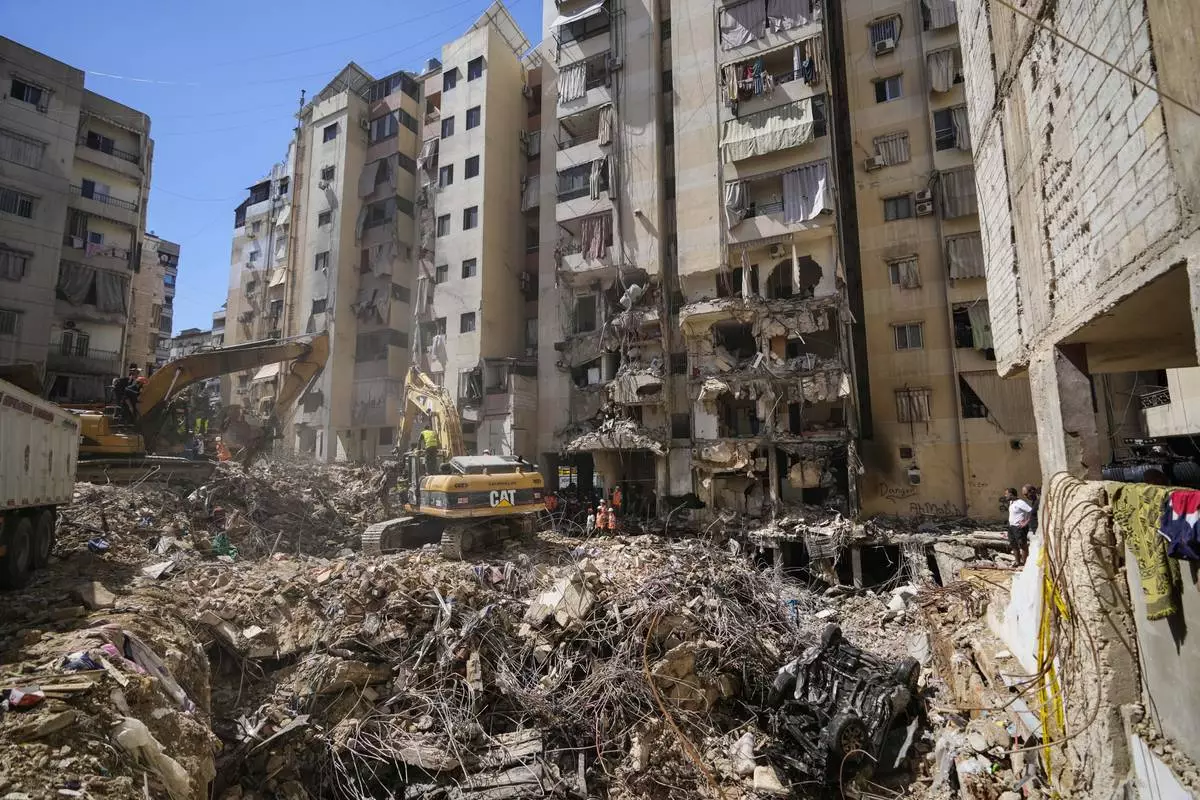
Emergency workers use excavators to clear the rubble at the site of Friday's Israeli strike in Beirut's southern suburbs, Lebanon, Monday, Sept. 23, 2024. (AP Photo/Hassan Ammar)
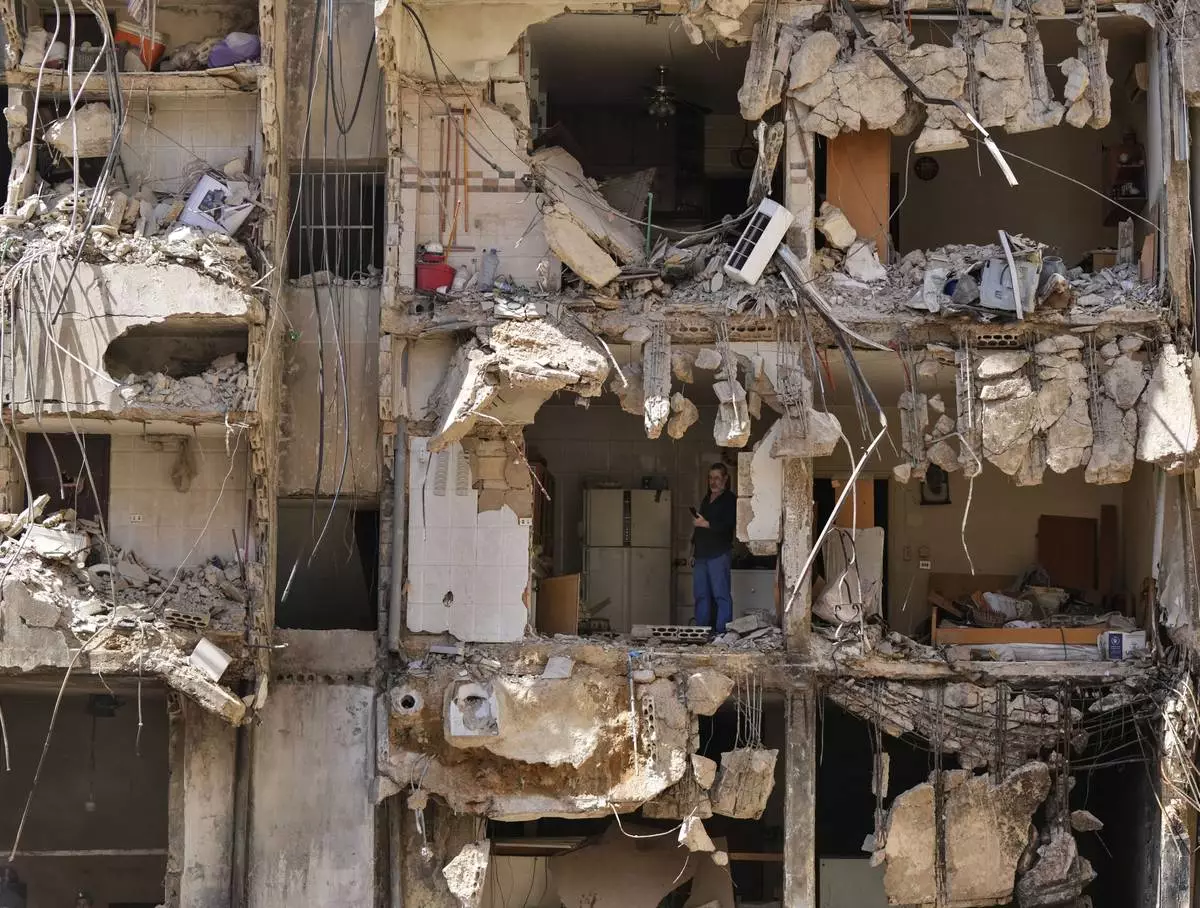
A man watches rescuers sift through the rubble as they search for people still missing at the site of Friday's Israeli strike in Beirut's southern suburbs, Monday, Sept. 23, 2024. (AP Photo/Hassan Ammar)

An armed Israeli fighter jet is seen from Hadera as it crosses towards northern Israel, on Monday, Sept. 23, 2024. (AP Photo/Ariel Schalit)
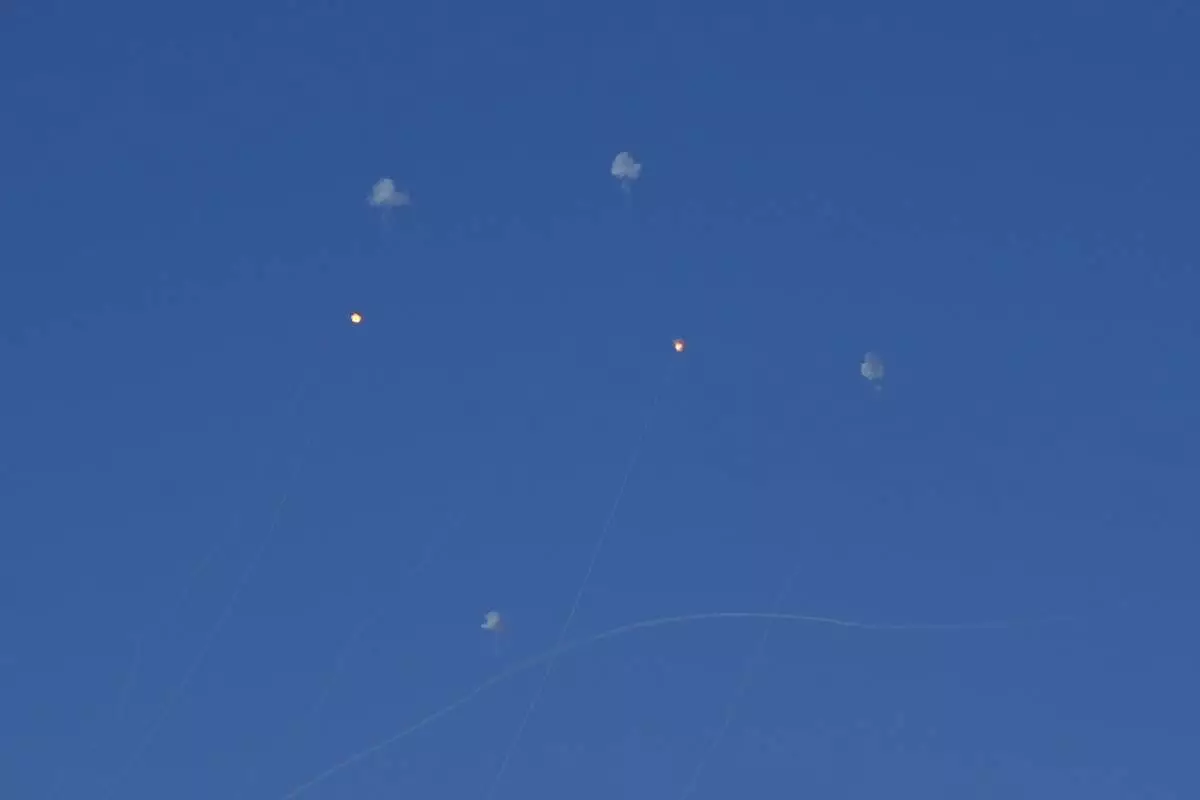
Israeli Iron Dome air defense system fires to intercept rockets that were launched from Lebanon, in northern Israel, Monday, Sept. 23, 2024. (AP Photo/Baz Ratner)
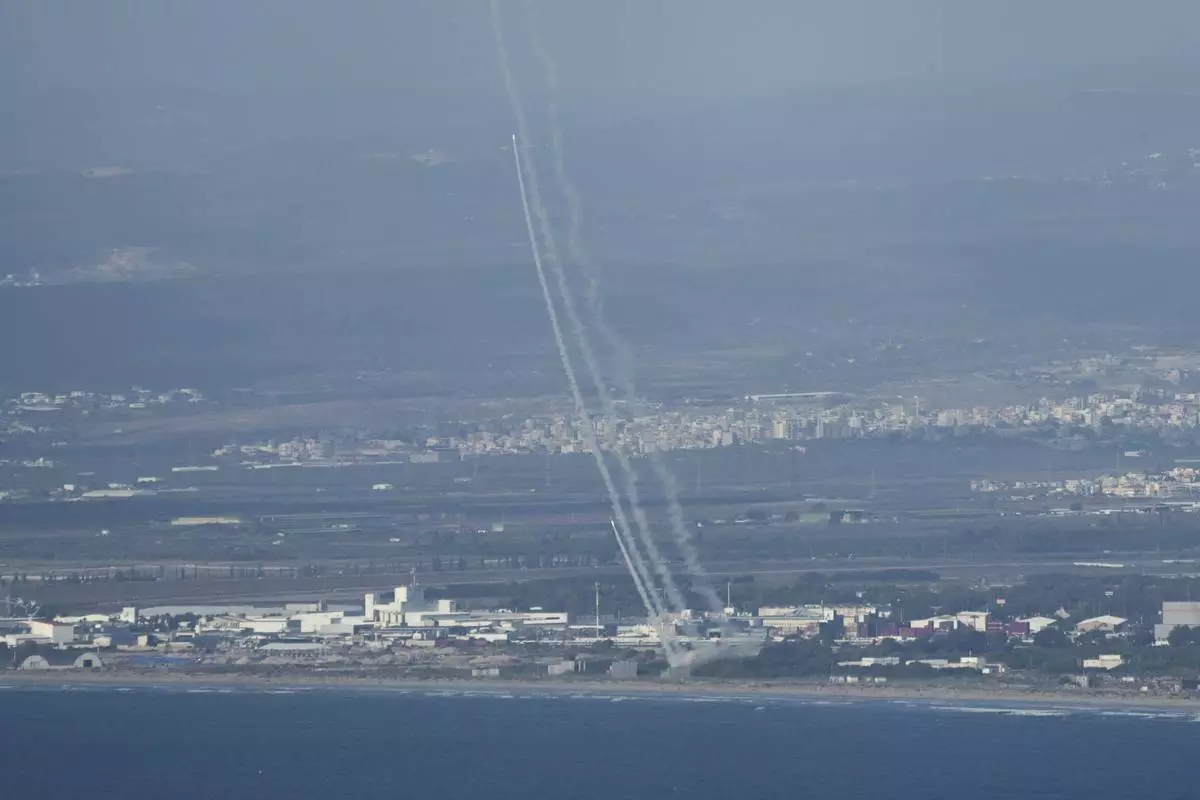
Israeli Iron Dome air defense system fires to intercept rockets that were launched from Lebanon, in northern Israel, Monday, Sept. 23, 2024. (AP Photo/Ohad Zwigenberg)
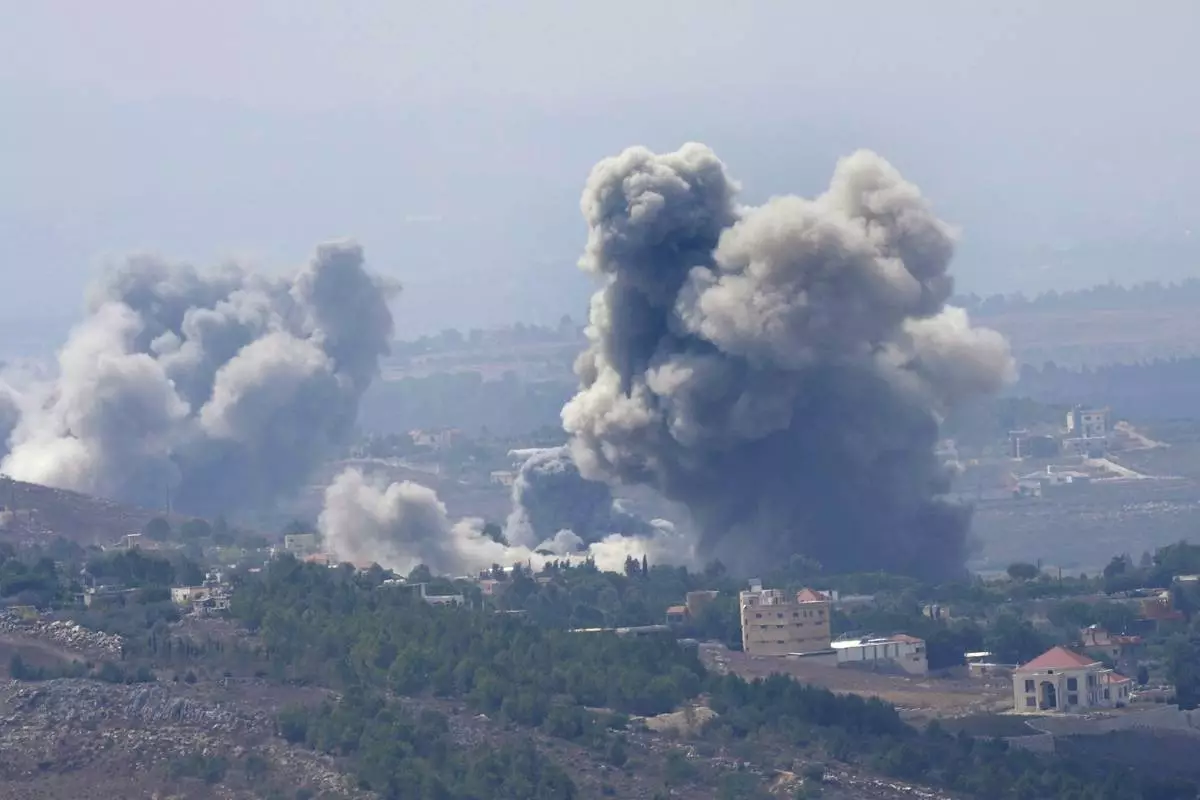
Smoke rises from Israeli airstrikes on villages in the Nabatiyeh district, seen from the southern town of Marjayoun, Lebanon, Monday, Sept. 23, 2024. (AP Photo/Hussein Malla)

Rescuers sift through the rubble as they search for people still missing at the site of Friday's Israeli strike in Beirut's southern suburbs, Monday, Sept. 23, 2024. (AP Photo/Hassan Ammar)
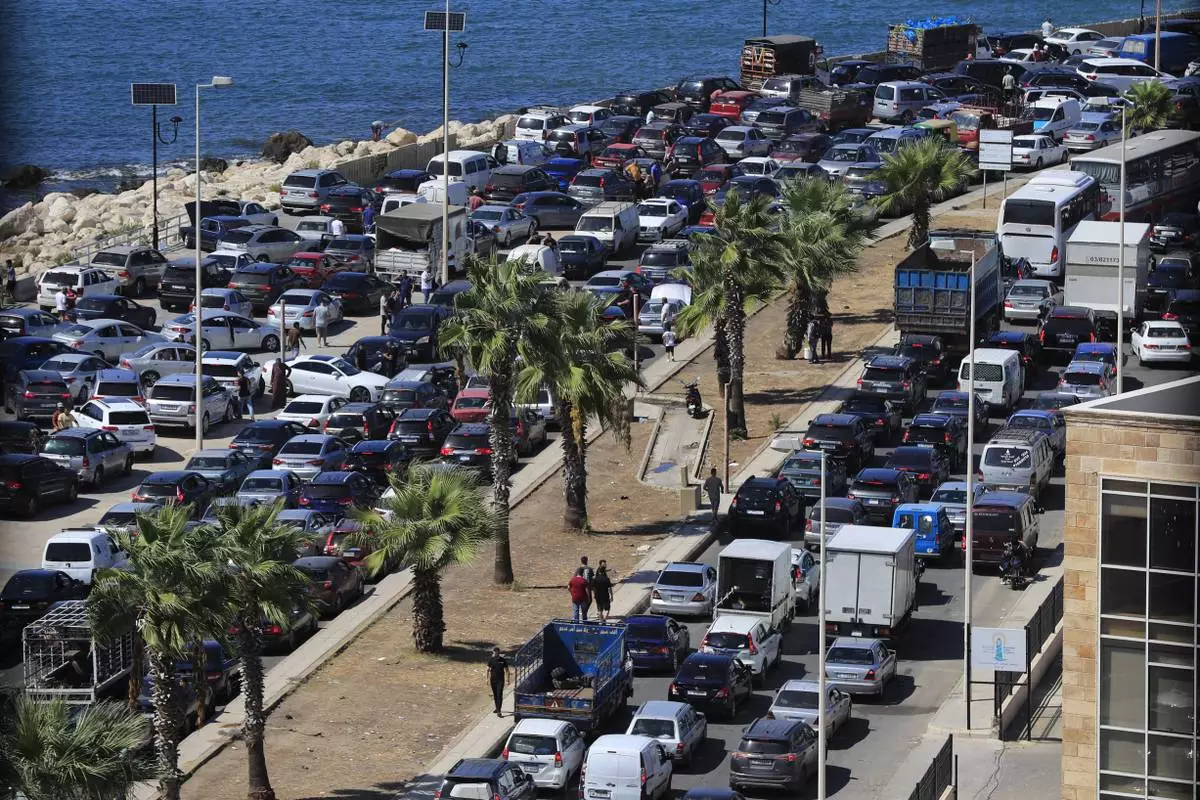
Cars sit in traffic as people flee the southern villages amid ongoing Israeli airstrikes, in Sidon, Lebanon, Monday, Sept. 23, 2024. (AP Photo/Mohammed Zaatari)
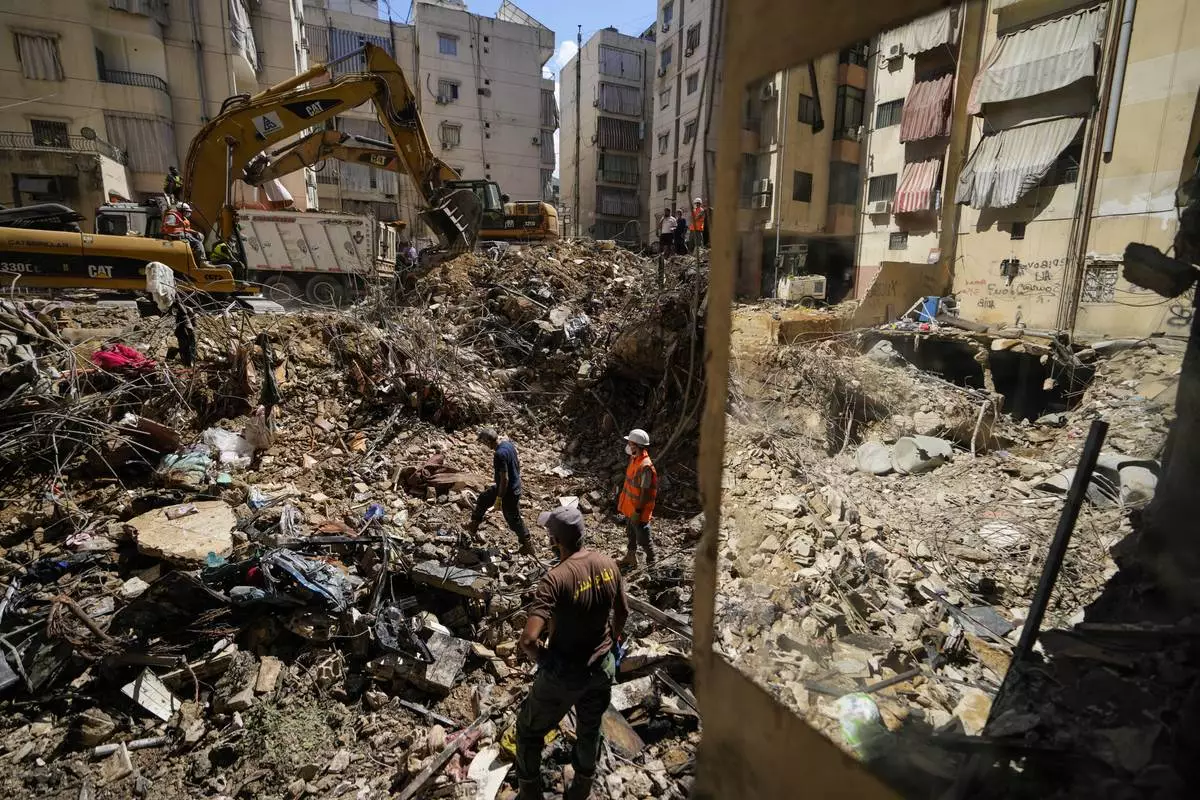
Emergency workers use excavators to clear the rubble at the site of Friday's Israeli strike in Beirut's southern suburbs, Lebanon, Monday, Sept. 23, 2024. (AP Photo/Hassan Ammar)
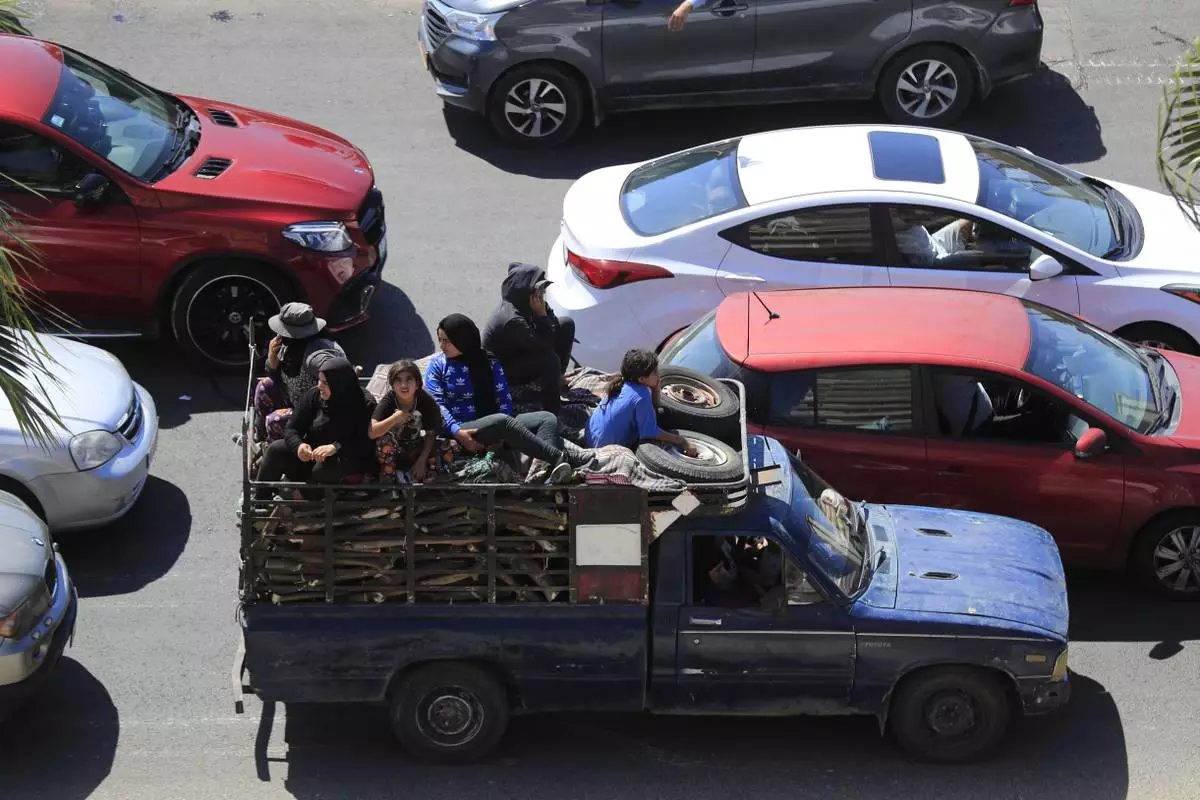
Cars sit in traffic as people flee the southern villages amid ongoing Israeli airstrikes, in Sidon, Lebanon, Monday, Sept. 23, 2024. (AP Photo/Mohammed Zaatari)

Emergency workers use excavators to clear the rubble at the site of Friday's Israeli strike in Beirut's southern suburbs, Lebanon, Monday, Sept. 23, 2024. (AP Photo/Hassan Ammar)
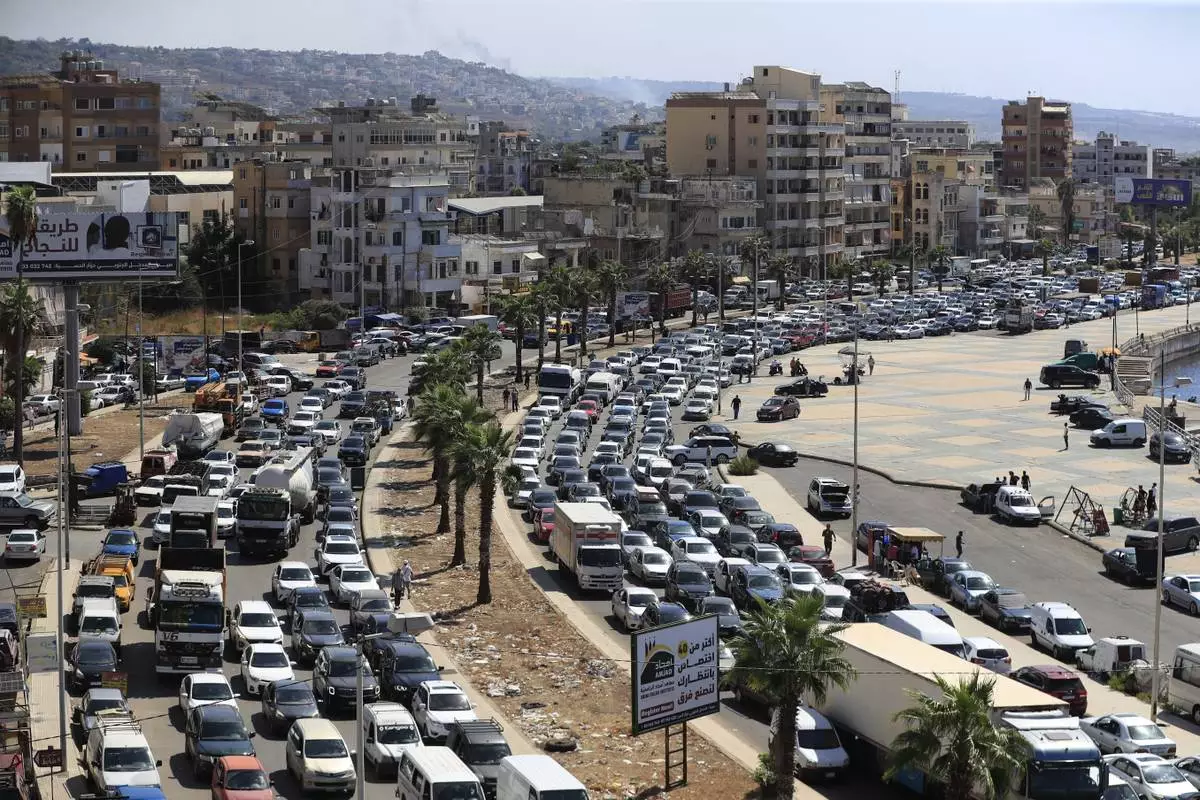
Cars sit in traffic as they flee the southern villages amid ongoing Israeli airstrikes, in Sidon, Lebanon, Monday, Sept. 23, 2024. (AP Photo/Mohammed Zaatari)
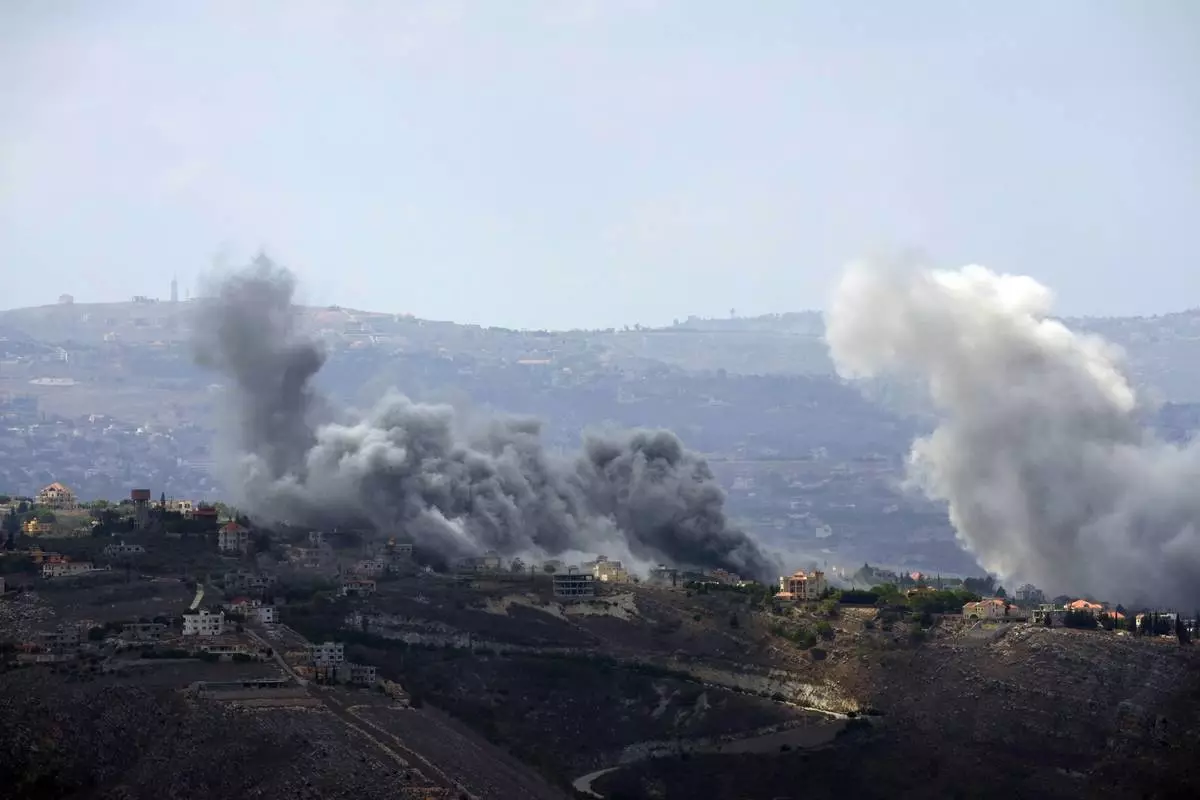
Smoke rises from Israeli airstrikes on Taybeh village, seen from the southern town of Marjayoun, Lebanon, Monday, Sept. 23, 2024. (AP Photo/Hussein Malla)
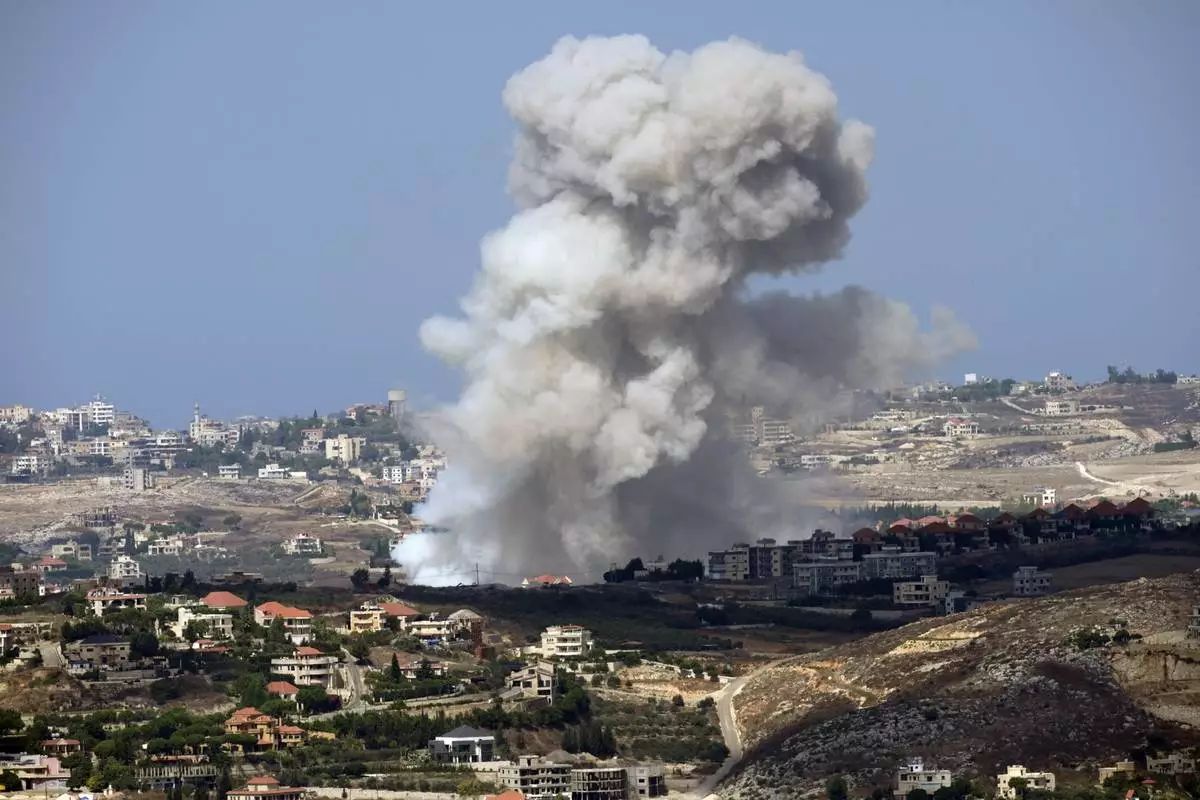
Smoke rises from Israeli shelling on villages in the Nabatiyeh district, seen from the southern town of Marjayoun, Lebanon, Monday, Sept. 23, 2024. (AP Photo/Hussein Malla)

Smoke rises from Israeli airstrikes on villages in the Nabatiyeh district, seen from the southern town of Marjayoun, Lebanon, Monday, Sept. 23, 2024.(AP Photo/Hussein Malla)

An armed Israeli fighter jet is seen from Haifa, northern Israel, on Monday, Sept. 23, 2024. (AP Photo/Baz Ratner)

Israeli Iron Dome air defense system fires to intercept rockets that were launched from Lebanon, in northern Israel, Sunday, Sept. 22, 2024. (AP Photo/Baz Ratner)
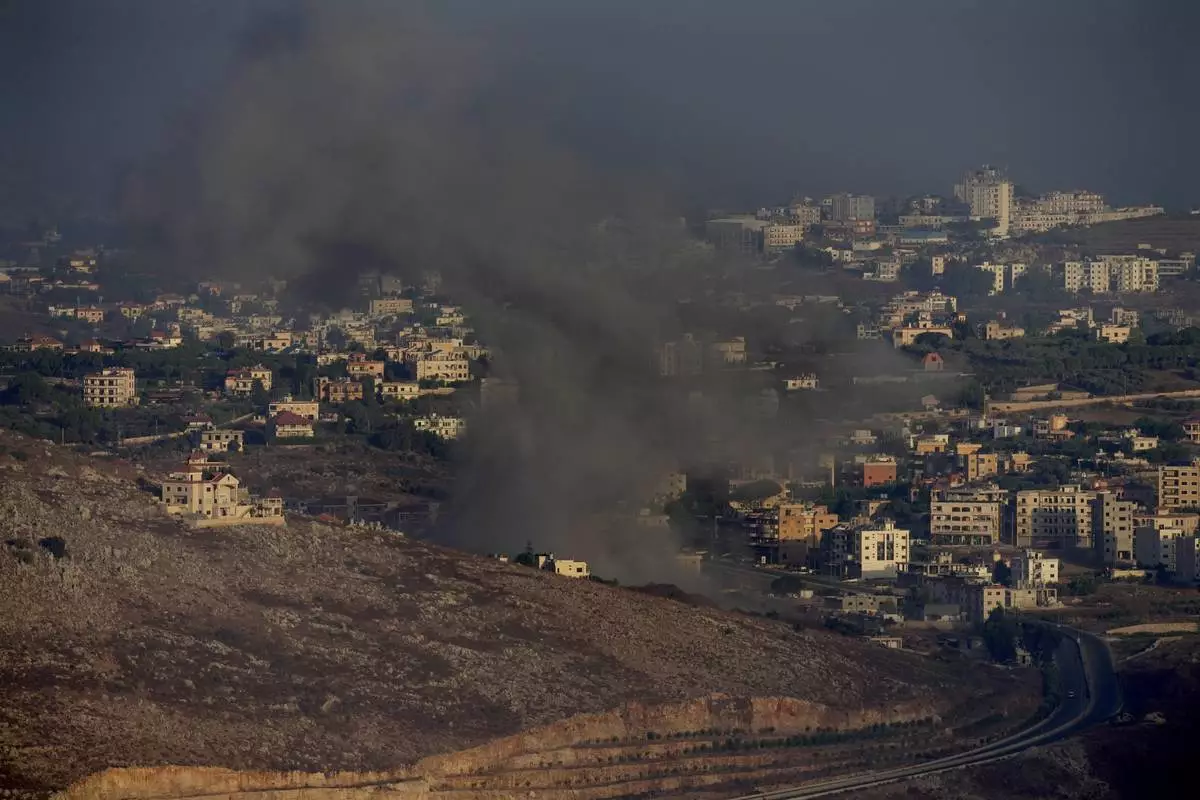
Smoke rises from an Israeli airstrike on Kfar Rouman village, as seen from Marjayoun town, south Lebanon, Monday, Sept. 23, 2024. (AP Photo/Hussein Malla)

Smoke rises from an Israeli airstrike on Khiam village, as seen from Marjayoun town, south Lebanon, Monday, Sept. 23, 2024. (AP Photo/Hussein Malla)
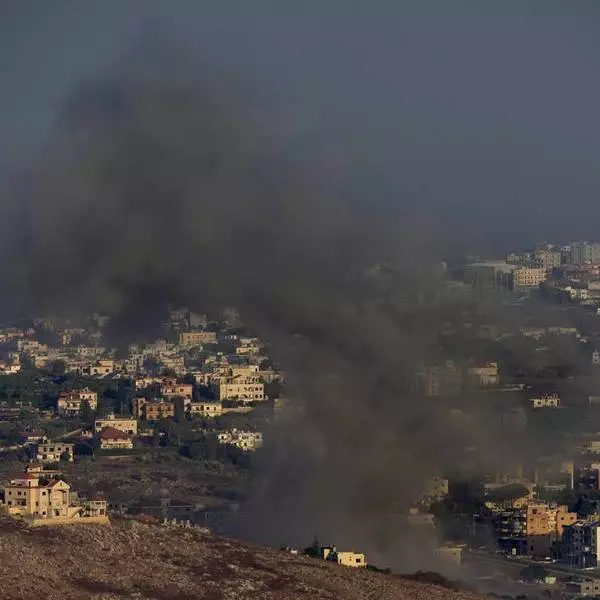
Israel calls on Lebanese to leave homes where Hezbollah stores arms as warplanes launch new strikes
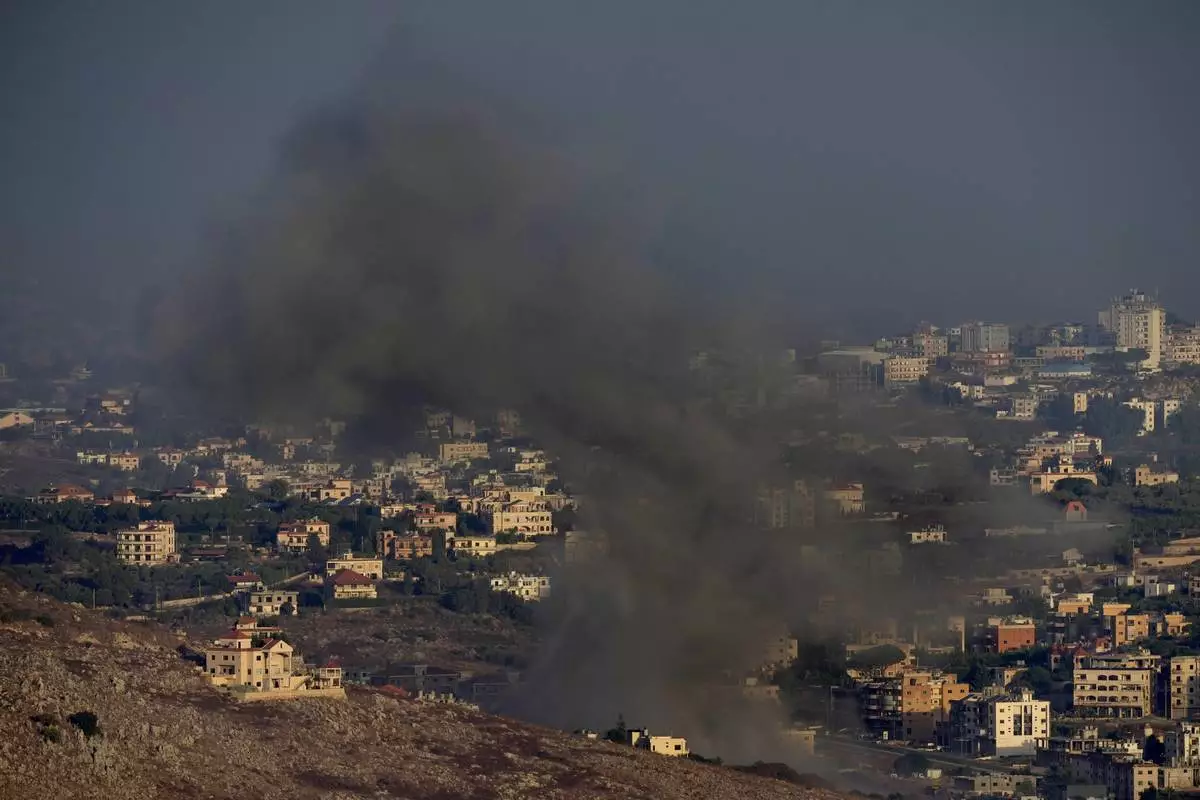
Smoke rises from an Israeli airstrike on Kfar Rouman village, as seen from Marjayoun town, south Lebanon, Monday, Sept. 23, 2024. (AP Photo/Hussein Malla)
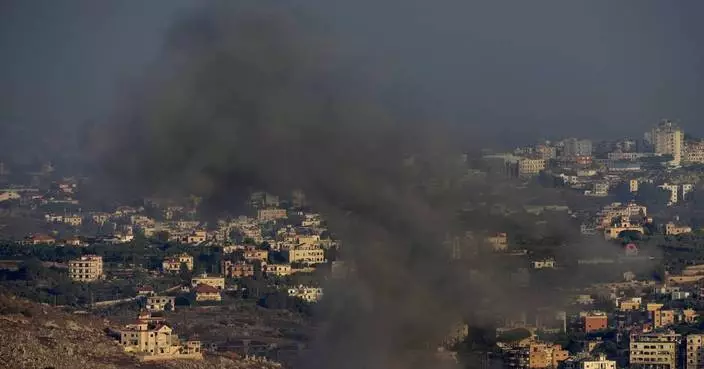
Israel calls on Lebanese to leave homes where Hezbollah stores arms as warplanes launch new strikes





